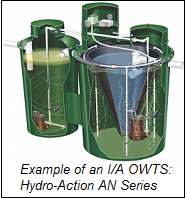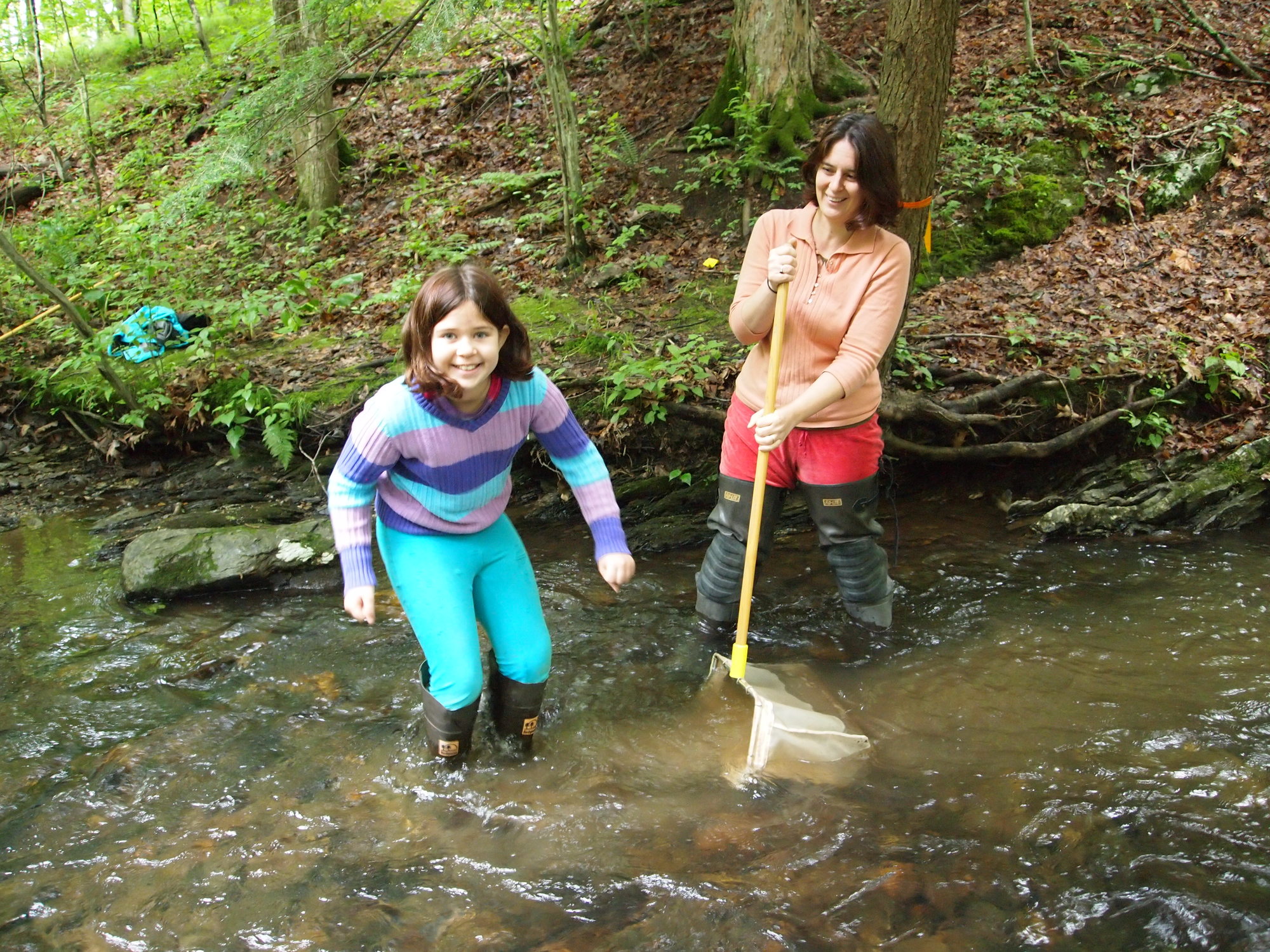 |
Long Island Nitrogen Action Plan (LINAP) NewsletterApril 2017Visit NYSDEC’s LINAP webpage for more information about the LINAP, past newsletters, documents, and more. This issue’s topics:
Suffolk County Innovative/Alternative Onsite Wastewater Treatment SystemsThe County’s Demonstration Program for On April 24, 2017, the Suffolk County Department of Health Services (SCDHS) will be hosting a self-guided tour of the I/A OWTS that have been installed throughout the County. Staff from SCDHS and representatives from the manufacturers will be available at the following times and locations to provide information about the systems: 1:00-1:30 PM – Technology: Orenco 1:50-2:30 PM – Technology: Hydro-Action 2:40-3:10 PM – Technology: Norweco Singulair 3:30-4:00 PM – Technology: Norweco Hydro-kinetic Suffolk County Residential Septic Incentive ProgramSuffolk County Executive Steve Bellone unveiled a residential septic incentive program to offset the cost to homeowners who choose to replace a non-performing septic system or cesspool with an I/A OWTS designed to significantly reduce nitrogen pollution. Under this proposed program, which has an intended start date of July, homeowners would be eligible for a grant of up to $10,000 toward the purchase and installation of an approved I/A OWTS and leaching structure. An additional $1,000 may be available for installation of a Pressurized Shallow Drainfield, for a maximum grant of up to $11,000. In addition to the grant, homeowners could qualify for a low-interest loan to fund the remainder of the system cost, to be paid back over 15 years. A public hearing and a series of town hall meetings regarding the septic incentive program are scheduled for April and May: Public hearing on Suffolk County Local Law to Suffolk County Septic Incentive Program Town Hall Meetings:East End Town Hall Port Jefferson Town Hall Huntington Town Hall Centereach Town Hall South Shore Estuary Reserve Grant RFA Update and Application ReminderApplications for the LI South Shore Estuary Reserve Local Assistance Grant program are due by 4:00 PM on May 3, 2017. Funding through this program is available to municipalities within the LI South Shore Estuary Reserve (Reserve) for grants of up to $50,000. These grants do not require a local match. Grants will be for implementation projects that advance the Reserve’s Comprehensive Management Plan, which includes improving water quality, habitat restoration, public use and enjoyment, and community resilience of the Reserve. RFA Update: An important update to the LI South Shore Estuary Reserve Local Assistance Grant Request for Applications was posted on the NY Department of State website. In Part B. Applicant Resolution and Certification, the requirements for submitting the Applicant Resolution have changed: the Applicant Resolution will not be required to be submitted at the same time as the application, and has a later due date. The Resolution is now required to be received no later than July 6, 2017. Resolutions may be emailed to opd@dos.ny.gov or faxed to 518-473-2464. NYSDEC Seeks Volunteers to Monitor Streams and RiversNYSDEC’s Water Assessments by Volunteer Evaluators May 17, 2017, 9:00 AM-4:00 PM May 18, 2017, 9:00 AM-4:00 PM WAVE volunteers collect macroinvertebrates (insects and other small aquatic organisms) from streams and rivers to help identify healthy streams and those with potential water quality concerns. For more information, including how to register for trainings, view NYSDEC’s March 24 press release. |
Footer
Contact
STAY INFORMED
Enter your email address to receive email updates from the LIRPC:

 (WAVE) project will be offering training sessions for new volunteers in the Atlantic Ocean/Long Island Sound basin:
(WAVE) project will be offering training sessions for new volunteers in the Atlantic Ocean/Long Island Sound basin:

